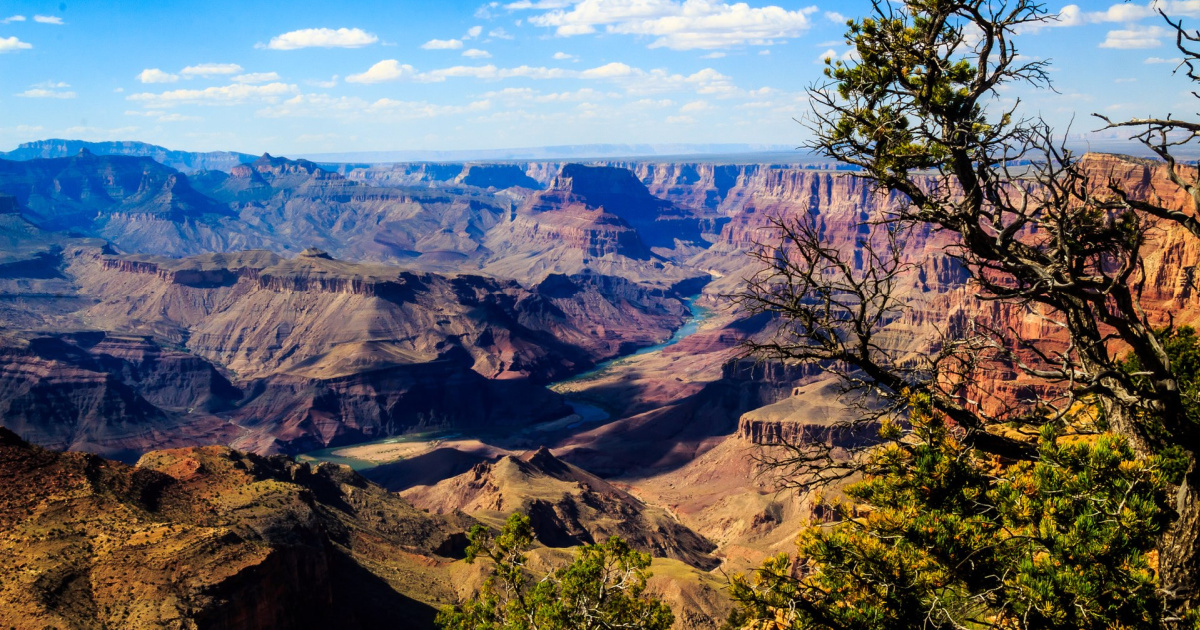
If you haven’t heard much about the push to open a uranium mine in one of America’s national parks, you’re not alone.
There has been a big push in opposition, but regardless, the mine in the Grand Canyon is now moving forward.
Companies are looking to plunder the ground there for uranium, the heavy metal used in the production of both nuclear fuel and atomic bombs.
There are three mines in the area, all owned by the largest uranium producer in the UA, Energy Fuels.
One of the reasons this has been so controversial is because some of the mining will occur within what are supposed to be protected Native American land.
The government, of course, promised the Native community it would be safeguarded from mining.
The Pinyon Plain Mine (aka Canyon Mine) is located near the entrance of the Grand Canyon’s South Rim and sits within the boundary of Baaj Nwaavjo I’tah Kukveni Ancestral Footprints.
In August of 2023, it was designated to protect the Native homelands from uranium mining.
Energy Fuels was then allowed to commence because they supposedly had the existing rights to the resources located there.
Many tribes and groups have attempted to stop these activities but the courts have thus far upheld the rights of the miners instead.
The Havasupai Tribe issued a statement back in January.
“Our tribal community’s only source of water is fed aquifers, which unfortunately sit directly below the Pinyon Plain Mine. The Arizona Department of Environmental Quality and the federal EPA claim there is no danger to us, that no harmful effects will come our way from this alleged ‘clean energy’ source.”
It is clear from their statement they don’t believe their water will remain safe, however.
“But how can they so confidently make such a claim when Energy Fuels has already contaminated one of the two aquifers while digging the mine shaft, which then led to the company spraying toxic water into the air, only to be spread to the precious plants and animals by the blowing winds.”
Peer-reviewed research backed up the Native position on mining in the Grand Canyon.
“Contaminants, either from land-surface or subsurface sources, are likely to be transported into the deep aquifer, which is the primary source of South Rim springs and drinking water wells.”
Members of five Native American tribes testified before the Inter-American Commission on Human Rights in February 2024, stating that if lessons cannot be learned from the way Native American communities have been historically and drastically damaged by mining activities, the same mistakes are just around the corner.
“We have a choice in front of us. Allowing the Pinyon Plain Mine to proceed is subjecting this landscape and its interconnected waters to a legacy of devastation and disregarding the rights of the Indigenous peoples on the land.”
Sanober Mirza, Arizona program manager for the National Parks Conservation Association, says in a statement it’s not too late.
“Or we can choose a different path – one that holds a promise of protecting the Grand Canyon’s cultural sanctity, its people and natural resources.”
There is around 1,629,000 pounds of triuranium octoxide beneath the Pinyon Plain Mine. As governments are attempting to up their nuclear power production, renewed interest in a site like this one shouldn’t be a surprise.
It also shouldn’t be a surprise at this point that the government will ignore the voices and desires of the oppressed, despite the promises made, if there is money or power to be found.
If you thought that was interesting, you might like to read a story that reveals Earth’s priciest precious metal isn’t gold or platinum and costs over $10,000 an ounce!